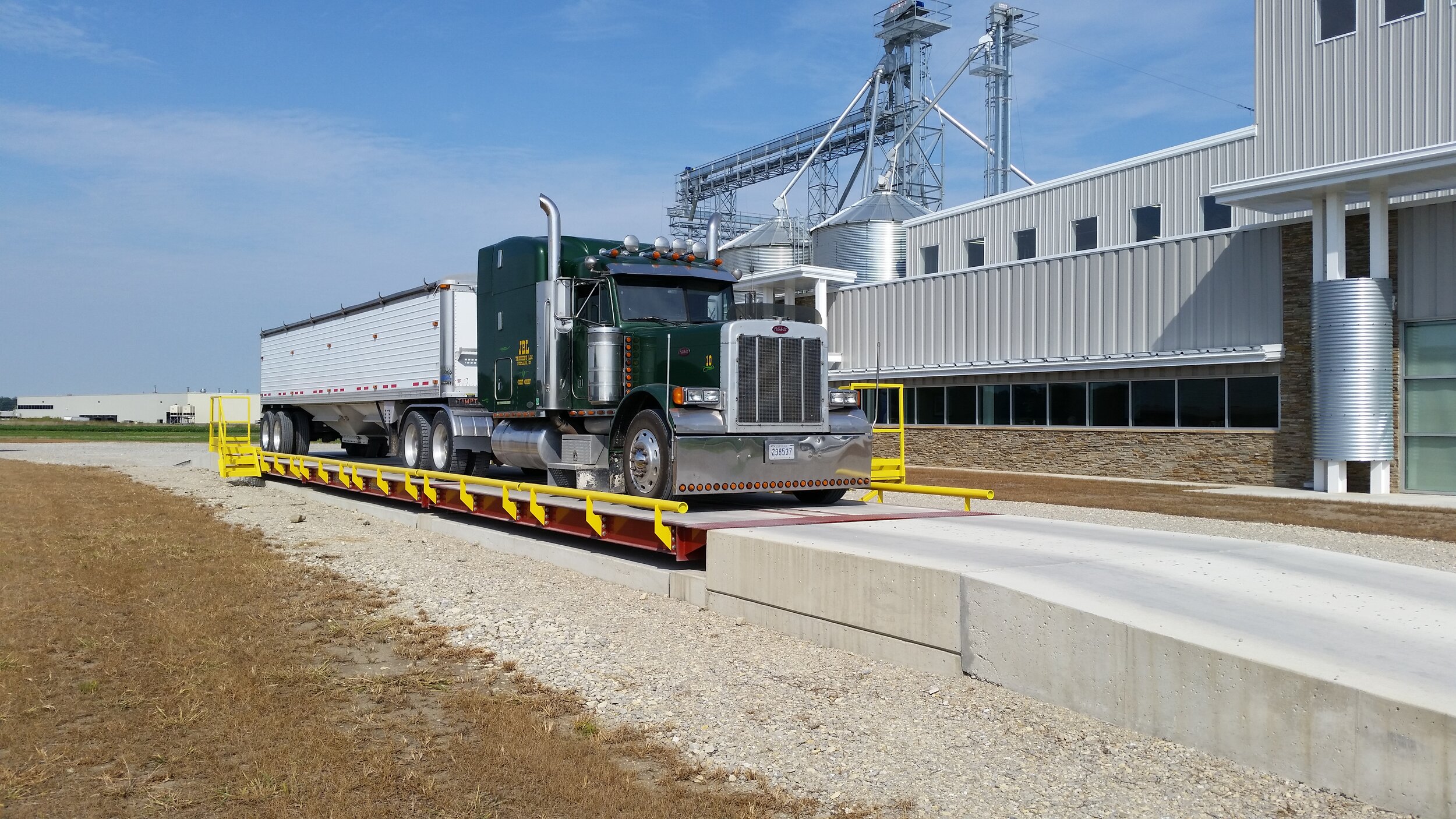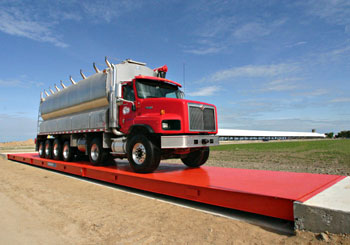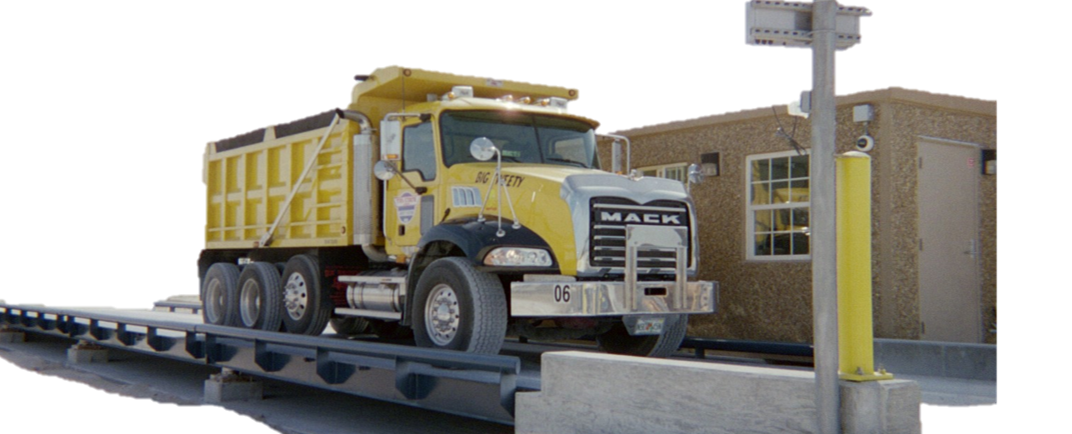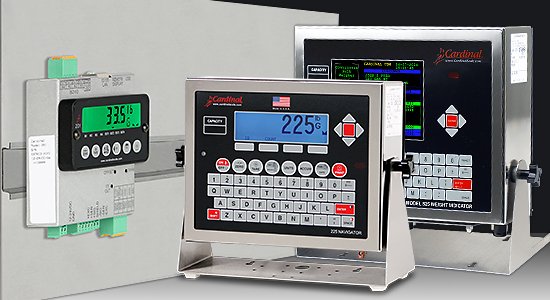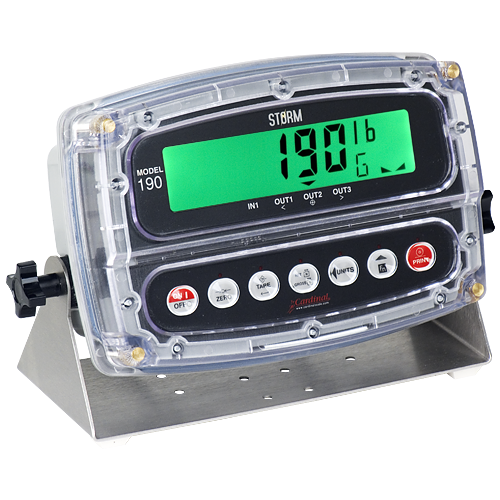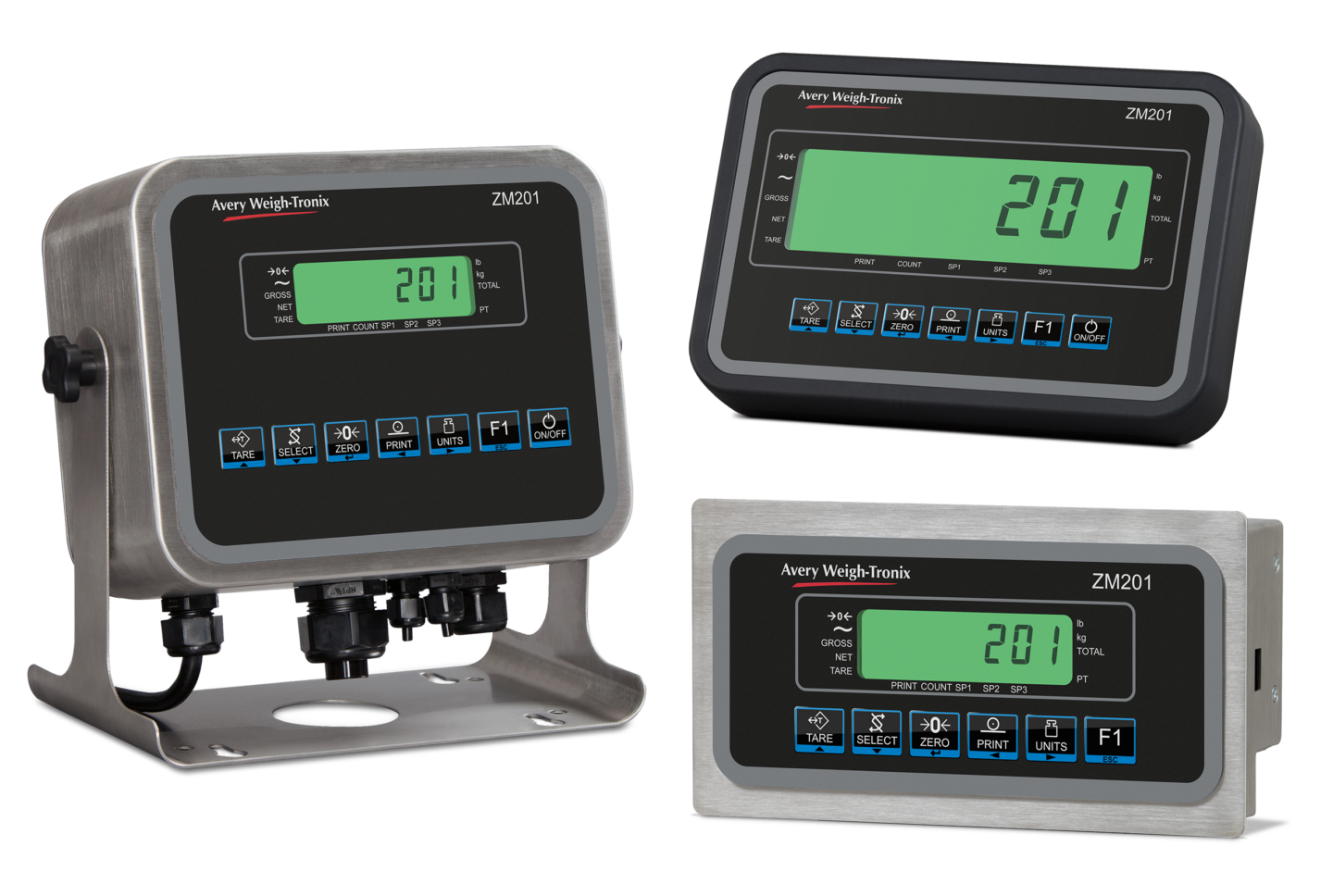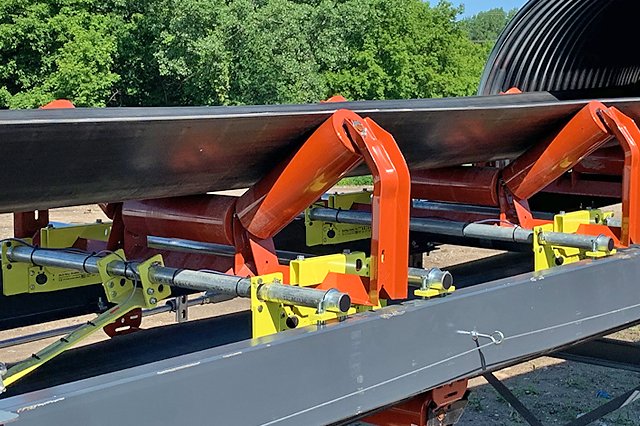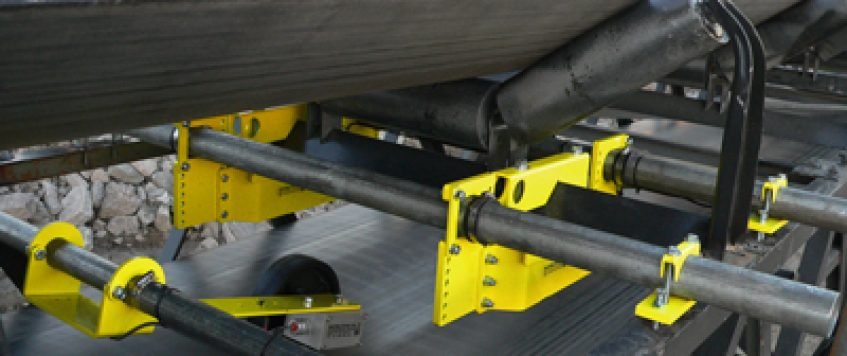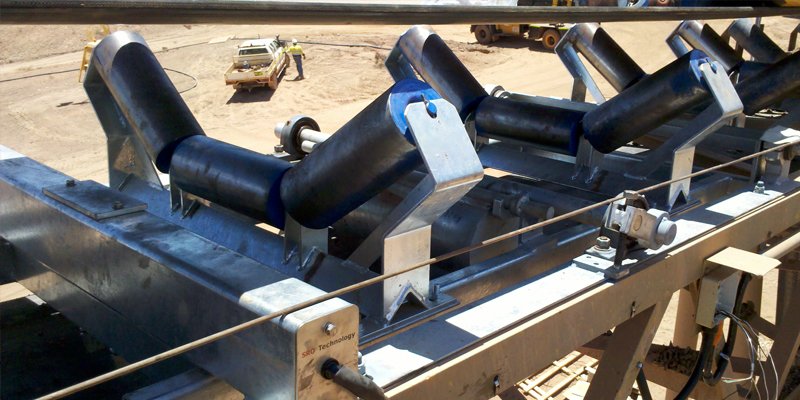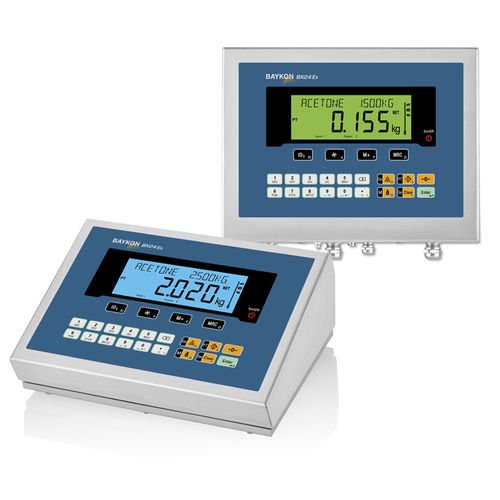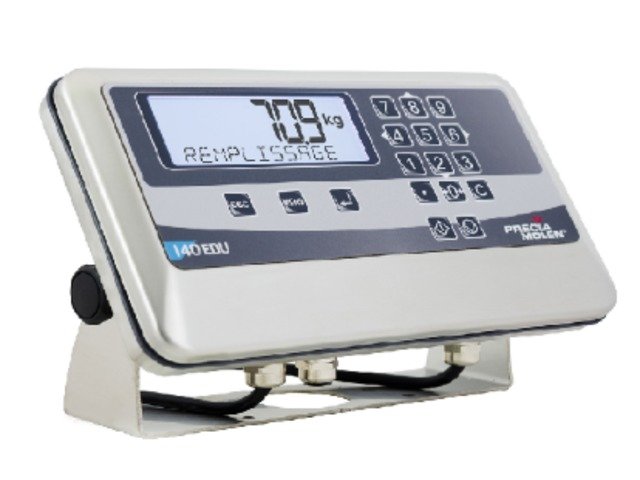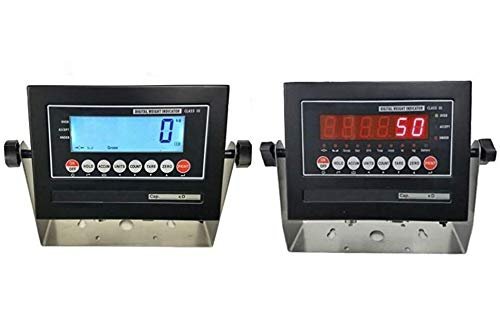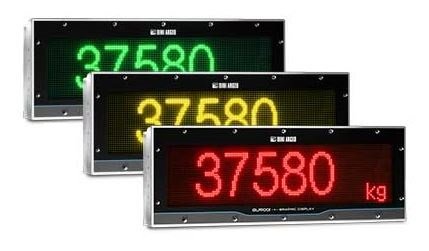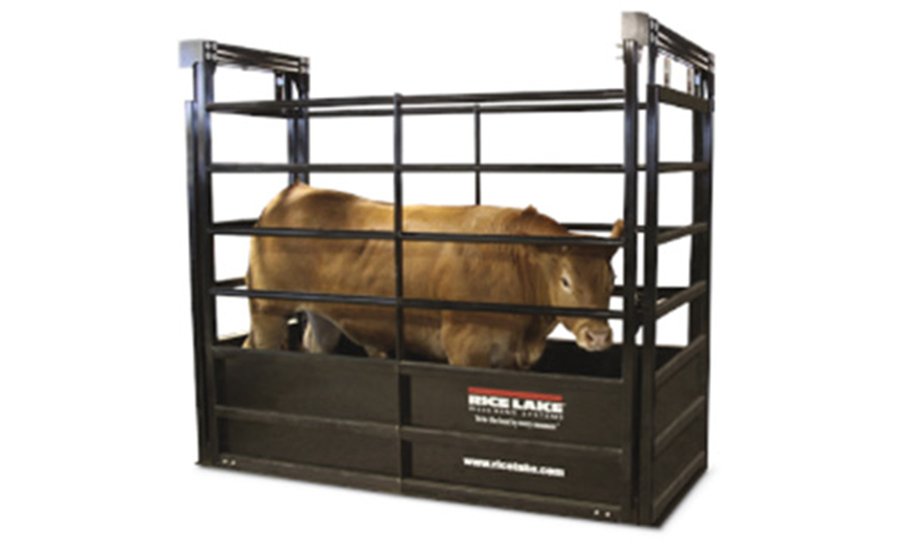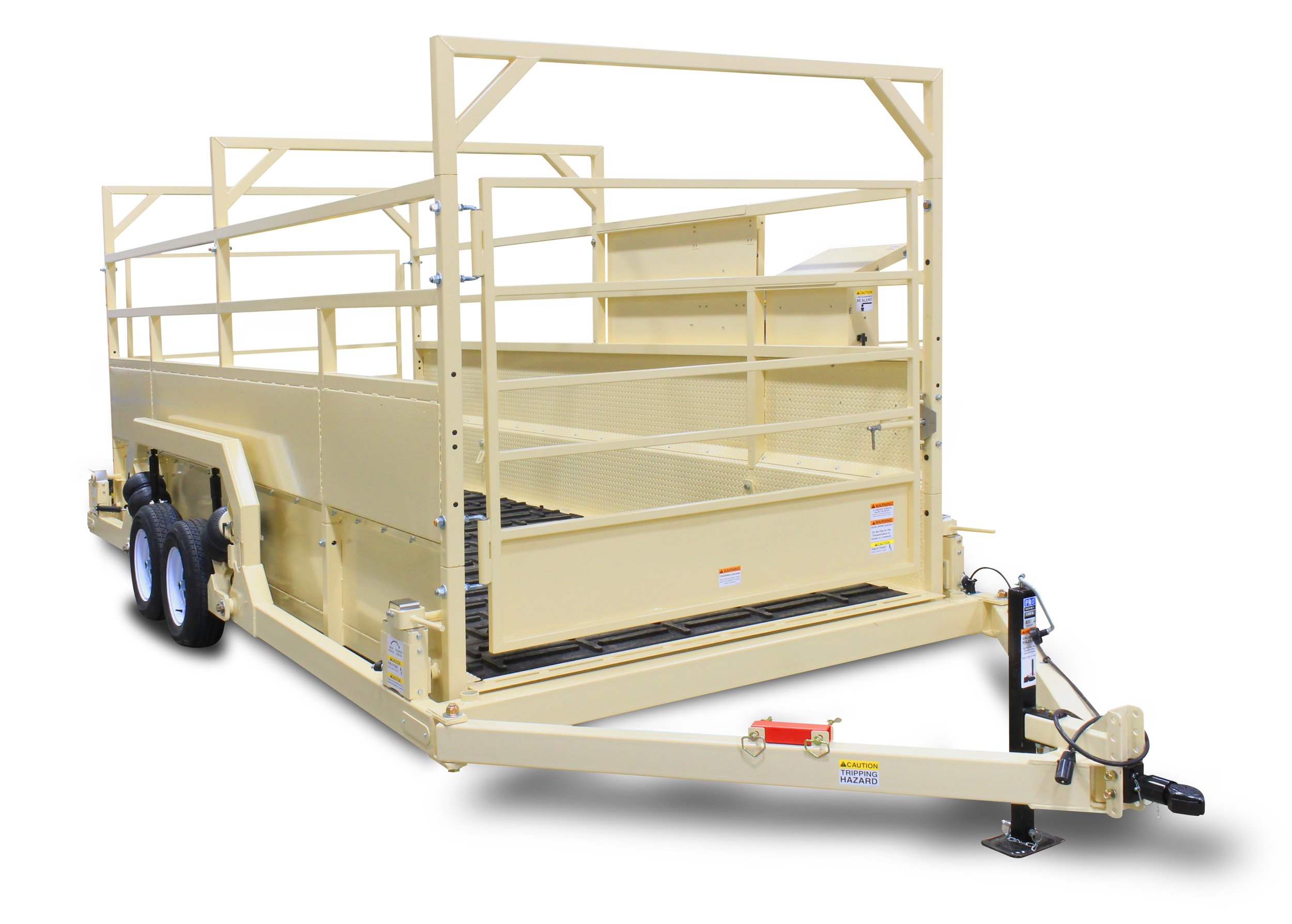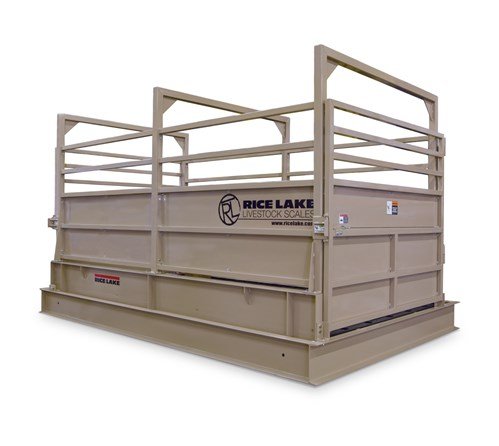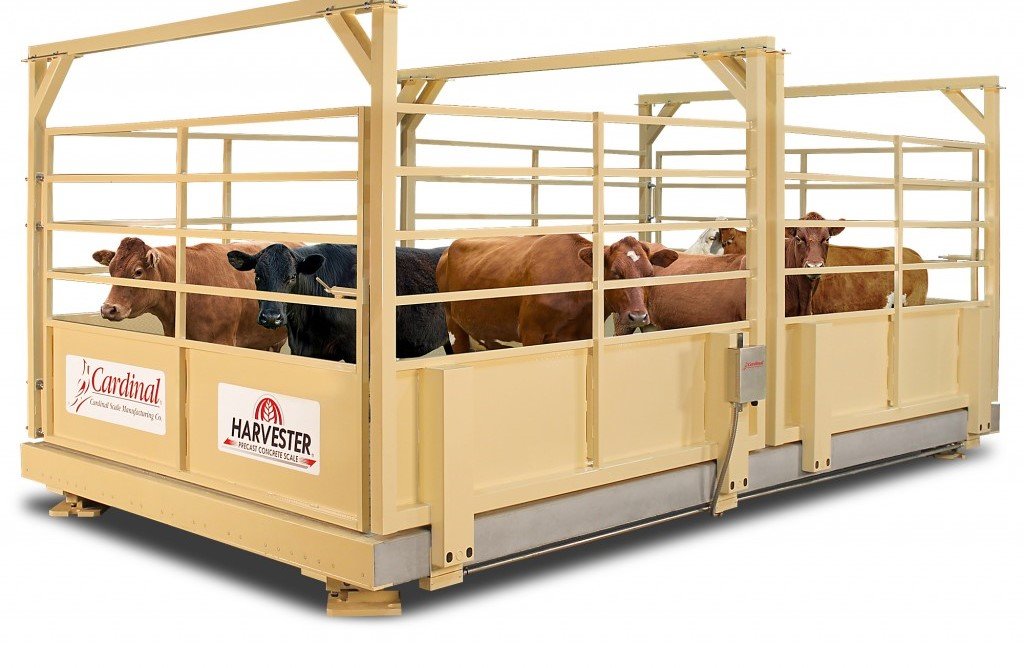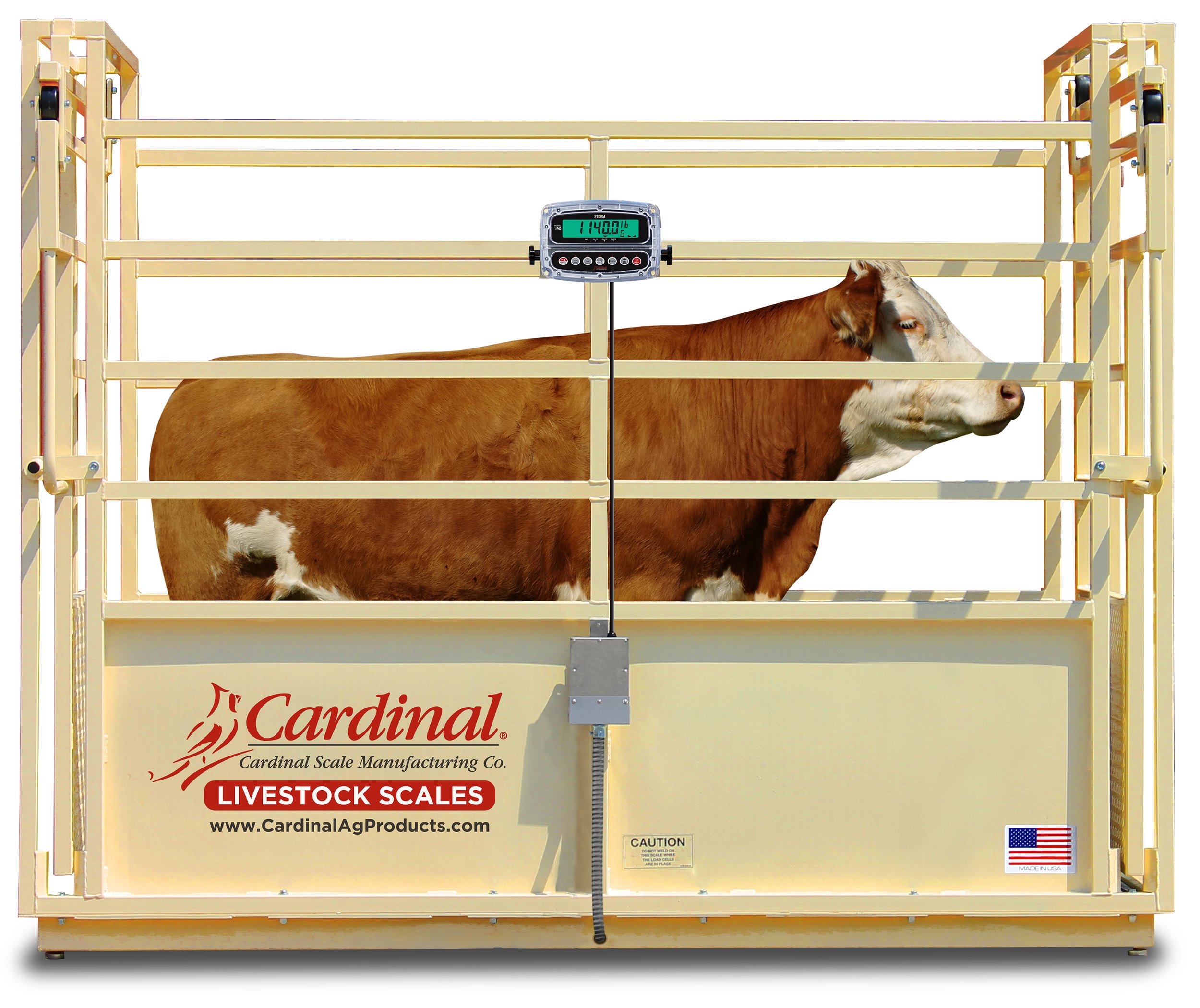Truck scales are ubiquitous in the freight industry. Whether it’s at a railroad, on-site weigh station or general freight terminal, truck scales are an essential tool for shippers and truckers alike. These tools allow companies to accurately weigh trucks before they are allowed to enter certain facilities. In addition to providing a means for owners and carriers to accurately weigh their vehicles, truck scales also serve as an important source of data that can be used to improve performance. That being said, not every truck scale is created equal and in this article we will be discussing tips that can maximize your truck scale performance.
Regular Testing
Testing your truck scale regularly is a good way to keep good insight into how your scale performs. A good way to implement this is to set up a maintenance and service schedule for your truck scale. Setting up a service schedule will help you to get ahead of any potential problems that could arise during operation. Essentially a service schedule gives great insight to the overall health of your scale and keeps your scale running optimally throughout the lifespan.
In order to maximize truck scale performance, it would be recommended to test your scale at least once every two months. Considering that the general rule of thumb is to have your truck scale calibrated every quarter (3 months). This testing should be thorough and well documented. A well detailed test will have your scale technician doing a thorough visual inspection of the scale, checking for any discrepancies and any visual issues with equipment. From there they will check the accuracy by using test weights on the scale.
This process can seem a bit tedious and time consuming, but if you are running an operation that has a significant amount of measurements per day, then this may be a procedure that you will want to implement. This will also help prevent future downtime, since the scale will be serviced more frequently. If anything, this will give you a clear picture of your scale’s performance month to month, thus allowing you to make adjustments where necessary.
Maintain accurate recordkeeping
Good record keeping is essential in order to keep information on your scale organized and up to date. This will also keep a steady stream of info on your scale. You will avoid gaps of service information. When the operator records the data from their truck scale, they need to be careful to make sure that the numbers are accurate.
There are a few methods that truck scale operators can use to keep their load records accurate. For example, some scales will have an “automated” feature that automatically documents the weight. If an operator is using one of these scales, they can still manually enter the load documentation at the same time they are entering the weight. Depending on the indicator and other accessories that are connected to the scale will determine how much data it can hold.
It is also a good idea to have a backup of all your records as well. If your scale is automated then it most likely will have a setting to record all measurements. It is suggested to also back those documents up to a usb drive, cloud (drop box, google drive) or even an external hard drive. Good recordkeeping is similar to good housekeeping. This gives you an ever growing reference for your scale as well as adding peace of mind due to knowing when each service was performed.
Involve your customers in maintenance programs
When trucking, it’s important to interact with your customers. Setting up a scale service program is a good way of building a relationship. This can be done at the gate or it can be done electronically. The point is that over time you will develop a relationship with the customers you provide maintenance for. Get into the habit of involving your customers in some of the processes to help them gain a good perspective as well as gain confidence in ownership. There are often times where there is very to litte interaction when it comes to service, but building a good relationship will help you and the scale owner get ahead of any potential problems as well as helping the owner better understand their scale.
Good Housekeeping
Weighbridge cleaning maintenance should take place as part of a daily or weekly routine depending on the type of site. The build-up of debris and water should be monitored and obstructions should be removed from beneath the scale to provide clearance between the weighbridge and the ground. Otherwise, your scale accuracy will suffer.
Pit weighbridges should be checked to make sure clearances are clean and the correct gap between the deck and pit wall are in place. ‘T’ section rubber can be used to help maintain gaps and should be replaced if worn or damaged. Regular end-middle-end tests with a loaded truck should be carried out to review the accuracy of the scale to see if there are any buildup issues. This basic cleaning and maintenance can be carried out by a site foreman or truck scale weighbridge operator. Also look into scale cleaning programs
Conclusion
As you can see, truck scales are a critical part of the freight industry. In order to maximize truck scale performance, it’s important to be proactive when it comes to maintaining accurate records and implementing preventative maintenance programs. Finally, remember that as a weighmaster, you also need to maintain trust with your customers. That being said, by implementing these five tips, you can ensure that you are maximizing truck scale performance.
At American Scale we strive to bring you informed and useful content on all things scale systems related, including products from the top scale manufacturers. Be sure to check out our truck scale articles about truck scale foundation or how much do truck scales cost. We even have a guide to warranties. To learn more about bench scales, it would be good to check out our other articles such as “Bench Scale Basics'' and “How Much Does A Bench Scale Cost?”. These articles will help with the basics of bench scale ownership. Also, take a look at our“Common Problems With Bench Scales'', to help prolong the lifespan on your scale.

















